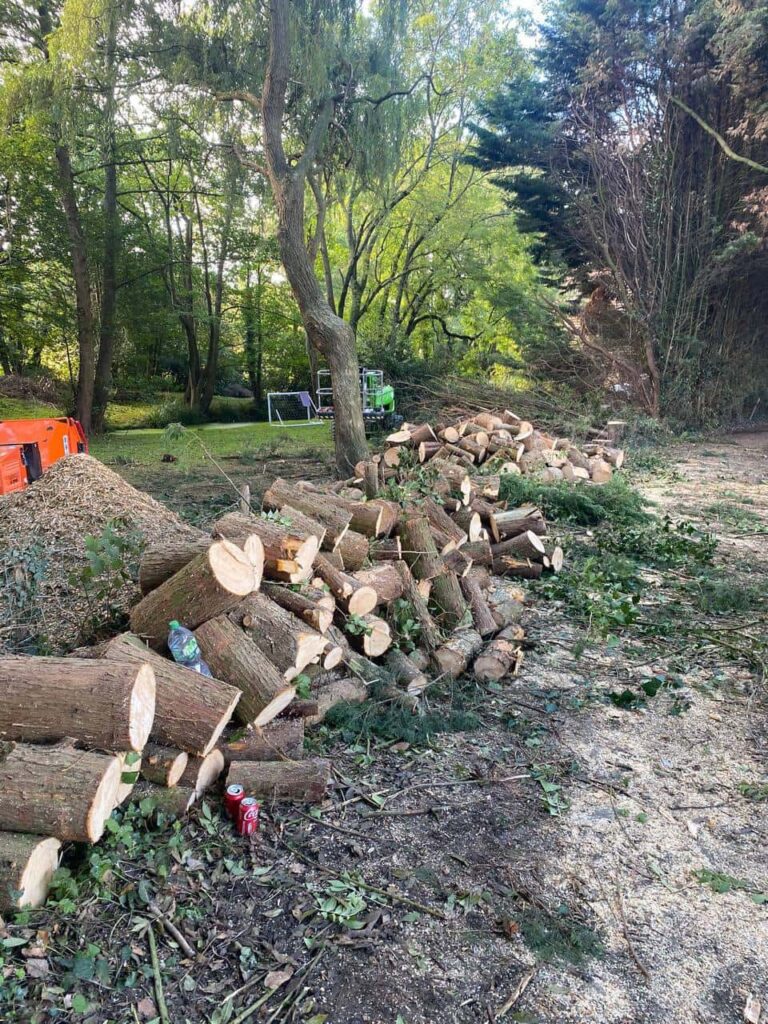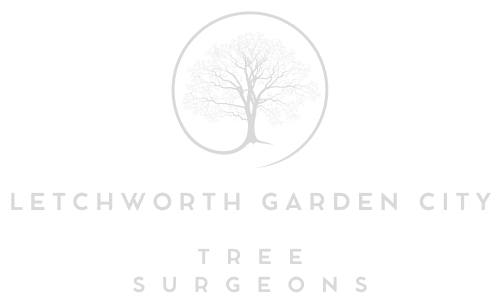Extreme Crown Reduction: Is It Ever a Good Idea?
Crown reduction is a common practice in tree care, aimed at reducing the height or spread of a tree by selectively cutting back its branches. However, when taken to extremes, this process—known as extreme crown reduction—can have significant consequences for the health and structural integrity of a tree. At Letchworth Garden City Tree Surgeons, based in Letchworth Garden City, Hertfordshire, we believe in responsible tree care and often caution against excessive reductions. In this blog post, we’ll explore whether extreme crown reduction is ever a good idea and what alternatives are available for managing overgrown trees.
1. What Is Extreme Crown Reduction?
Crown reduction involves trimming back the canopy of a tree to reduce its overall size. In extreme cases, this can result in a drastic shortening of branches and a significant reduction in the tree’s overall height or width. While standard crown reduction is a controlled and thoughtful process, extreme crown reduction often involves removing large amounts of the tree’s foliage, sometimes more than 50% of its crown.
2. The Risks of Extreme Crown Reduction
While reducing the crown of a tree can seem like a practical solution to controlling size, extreme crown reduction carries several risks that can affect the tree’s long-term health and safety.
- Increased susceptibility to disease: Trees rely on their leaves for photosynthesis, which is how they produce energy. When a significant portion of the crown is removed, the tree may struggle to generate enough energy to sustain itself. This weakens the tree and makes it more susceptible to pests and diseases.
- Weakened structure: Removing too many branches can lead to the development of weak regrowth. The new shoots that emerge after extreme crown reduction are often poorly attached to the tree, making them more likely to break off in high winds or heavy rain.
- Aesthetic damage: Extreme crown reduction can dramatically alter the appearance of a tree, often leaving it looking unbalanced and unsightly. The natural form of the tree may be lost, which can reduce the tree’s value as a landscape feature.
3. When Might Extreme Crown Reduction Be Considered?
While extreme crown reduction is rarely recommended, there are some circumstances where it might be considered, usually as a last resort:
- Safety concerns: If a tree poses an immediate threat to nearby structures or people, extreme crown reduction may be used as a temporary measure to reduce the risk of falling branches. However, this is often a stop-gap solution, and further intervention may be required to properly address the issue.
- Severe damage or disease: In some cases, a tree may have sustained such significant damage or disease that extreme crown reduction is necessary to save it. However, this should only be carried out by a professional arborist after careful evaluation.
4. Alternatives to Extreme Crown Reduction
Rather than opting for extreme crown reduction, there are other more sustainable and less damaging methods for managing tree size and structure.
- Selective pruning: Regular, careful pruning can help maintain the size and shape of a tree without causing undue harm. This involves removing specific branches to reduce the weight and volume of the crown, while preserving the tree’s natural form and health.
- Crown thinning: This technique involves selectively removing some of the branches within the crown to allow more light and air to pass through. Crown thinning reduces the overall density of the tree, making it less prone to wind damage, without significantly altering its size.
- Crown lifting: If low-hanging branches are causing issues, crown lifting can be a good solution. This process involves removing the lower branches of a tree to increase clearance beneath the canopy, while leaving the upper structure intact.
5. Why Professional Tree Care Matters
Extreme crown reduction, if carried out improperly, can cause irreparable damage to a tree. That’s why it’s essential to rely on experienced professionals when considering any type of crown reduction. At Letchworth Garden City Tree Surgeons, we always prioritise the health of the tree, using best practices to ensure that any reduction is carried out responsibly and with minimal risk.
- Expert assessment: Our team of qualified tree surgeons will assess your tree to determine the best course of action. Whether it’s pruning, thinning, or another method, we ensure that the solution is tailored to the needs of the tree and your property.
- Sustainable practices: We believe in preserving trees wherever possible. Extreme crown reduction is only considered when absolutely necessary, and we always explore alternatives first.
Conclusion
Extreme crown reduction is a high-risk procedure that can cause more harm than good to a tree. While there are situations where it may be necessary, it should only be undertaken by skilled professionals and with careful consideration of the tree’s overall health and structural integrity. At Letchworth Garden City Tree Surgeons, we are committed to providing expert tree care services that prioritise the well-being of your trees.
Call us on: 01462 419 196
Click here to find out more about Letchworth Garden City Tree Surgeons
Click here to complete our contact form and see how we can help with your tree needs.

